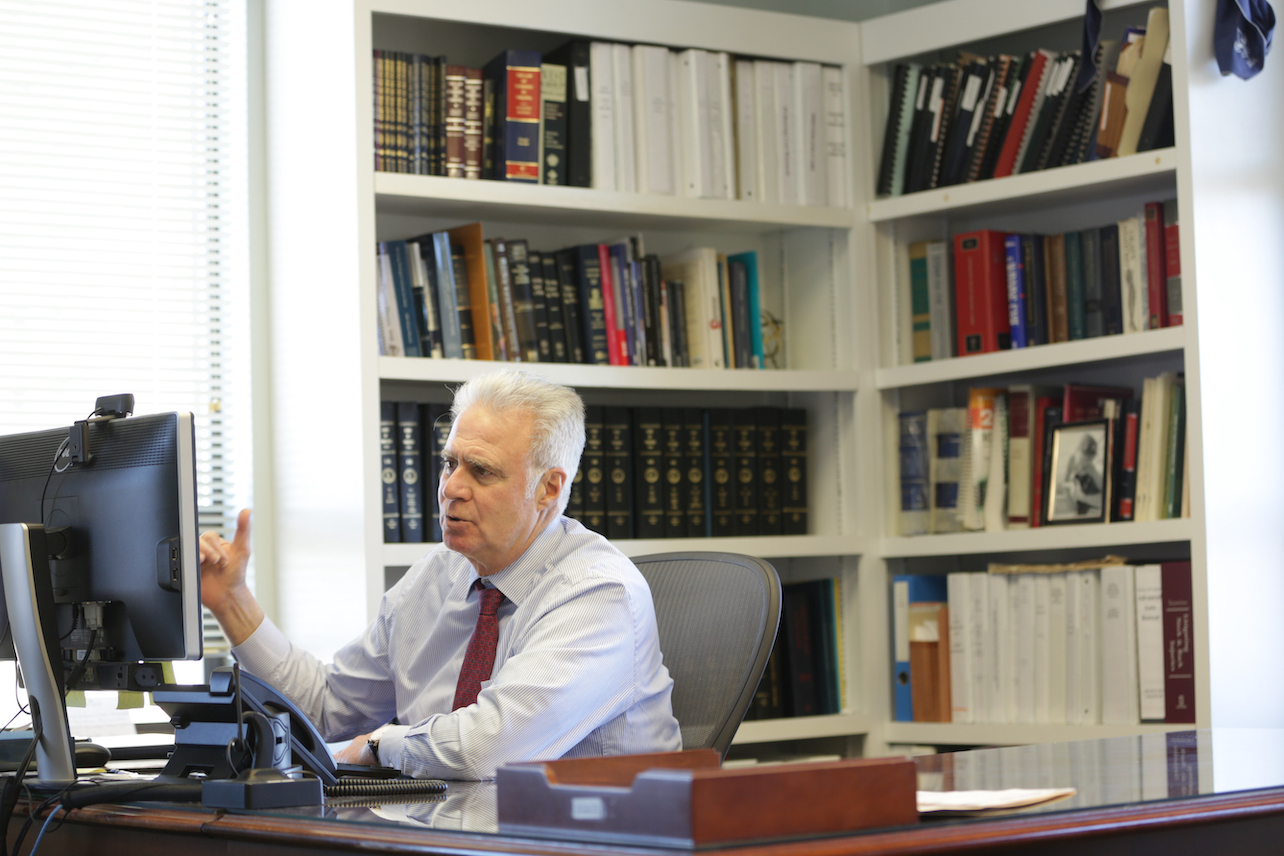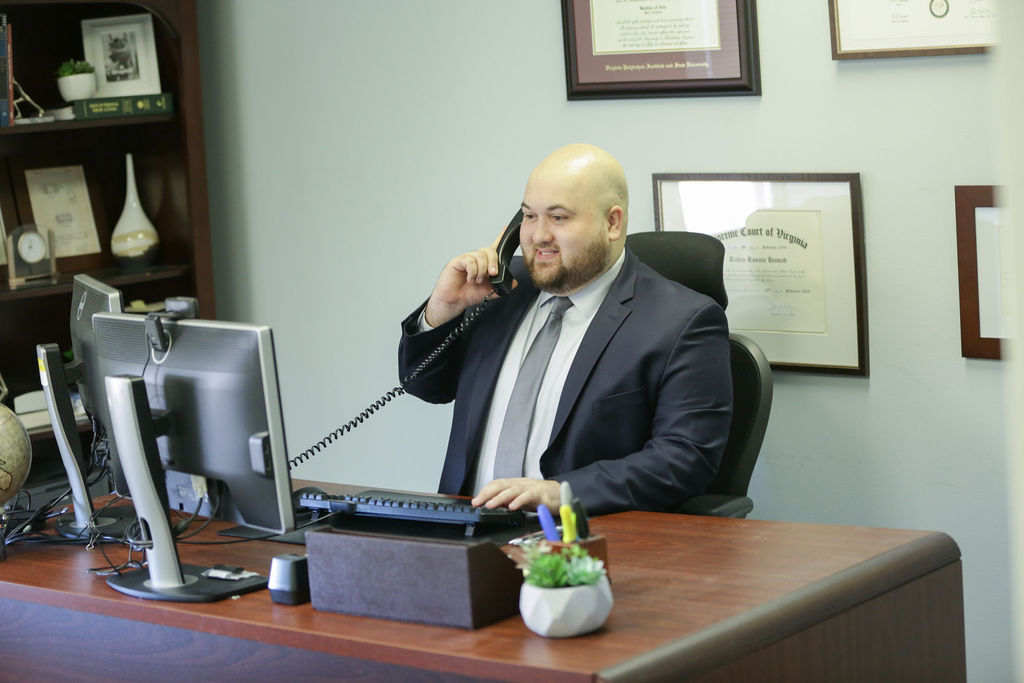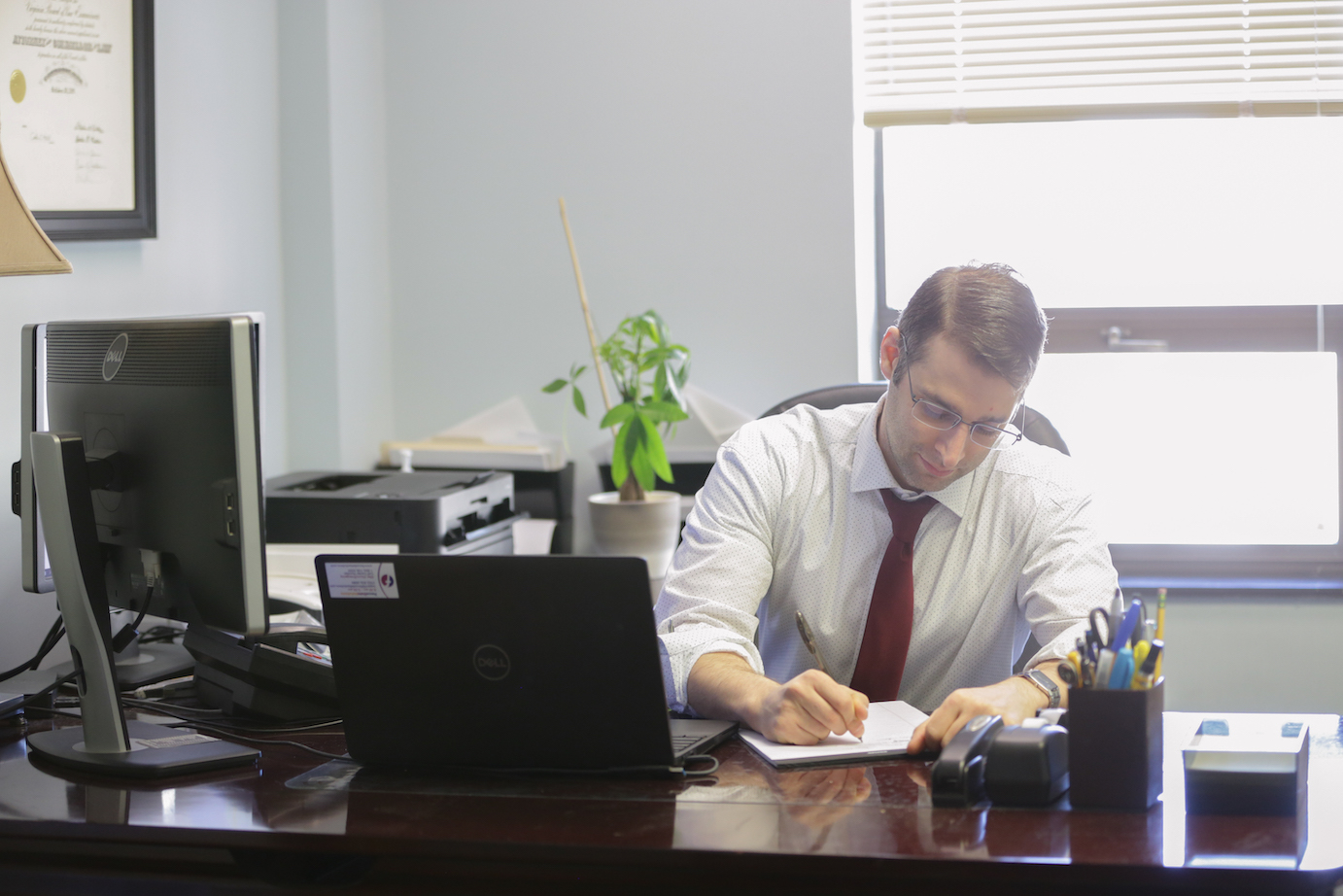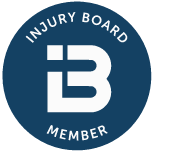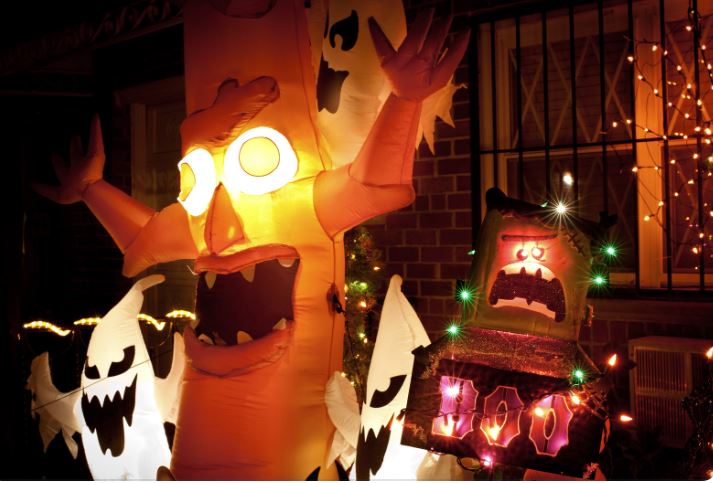
While snuggling up in your go-to sweater and indulging in a pumpkin spice latte, let’s have a little talk about premises liability during the fall. It’s a legal concept designed to remind owners of all kinds of properties – private, commercial, or public – to keep them safe for guests, workers, or tenants. Because when they don’t, accidents happen, and the injured may seek to hold the property owner responsible.
What is Premises Liability?
Premises liability is the term used to describe a property owner’s legal responsibility to keep their property safe for anyone who is on their property with permission. This responsibility includes making routine inspections, following safety standards, and warning about potential hazards. When a dangerous condition arises, it is the responsibility of the property owner to do something about it right away.
Autumn-Specific Concerns
During the fall season, as the air cools and trees lose their leaves, property owners face specific challenges to prevent accidents on their grounds. Rain and plant debris create health and safety hazards if left untended. Water and leaves can turn walkways and entryways into slippery hazards. Further, fall’s short days mean less light. Walkways and common areas need to be well-lit, especially in areas that heavy shade or an absence of light can make hazardous.
In addition, the festive atmosphere is created with bustling Halloween and Christmas decorations in shops and around town. However, store and building owners must be careful about potential tripping hazards caused by lines of wires or blocked paths. If not set up properly, gigantic skeletons or Christmas trees can become unstable and easily fall over, leading to accidents.
When to Consider Bringing a Personal Injury Case
Imagine this scenario: you’re enjoying a leisurely walk with a latte in hand and suddenly, a slip on someone else’s property has left you injured. Should you pursue legal action against property owner? Let’s analyze.
Firstly, the severity of your injury plays a pivotal role. If your injury is severe, presenting challenges such as medical expenses, pain, emotional distress, and lost wages, it might be wise to think about starting a personal injury lawsuit.
Next up is negligence – Which is a popular term in law. To establish your case, it is necessary to demonstrate that the property owner failed to meet their obligations in some way. This failure might have resulted from their awareness of the hazard or their duty to be aware of it.
Then comes the evidence. Put together accident reports, take pictures, gather witness statements or videos, and save all medical records to support your claim.
Last but not least, timing is everything. Missing an important deadline, like statutes of limitations, could jeopardize your chances of winning your case. So act quickly.
Don’t navigate this legal maze solo; a professional in the field of premises liability can aid you to ascertain whether or not they should pursue a personal injury lawsuit.
Tell us more about your legal matter and a member of our team will be in touch with you shortly.


